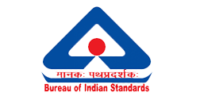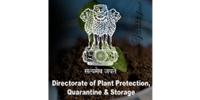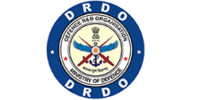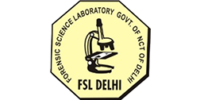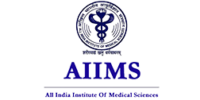Bio-Safety Levels: BSL 1 Lab, BSL 2 Lab, BSL 3 Lab
Bio-Safety level 1 laboratory (BSL 1 Lab)

Biosafety level 1 (BSL-1) is the last of the four levels, and it relates to laboratories where persons work with low-risk microorganisms that offer little to no danger of infection in healthy person. A nonpathogenic strain of coli is an example of a microorganism that is commonly worked with at a BSL-1.
- The Lab coat
- Disposable gloves and eye protections as required
- Hand wash
- No eating or smoking
- Limited access
- Decontaminate of work surfaces, etc.
Bio-Safety level 2 laboratory (BSL 2 Lab)
BSL 2 labs work with agents associated with human diseases that pose a moderate health risk. Equine encephalitis viruses and HIV, as well as Staphylococcus aureus, are examples of agents commonly worked with in a BSL 2 lab (staph infections).
- The BSL 2 Lab people are trained to handle specific disease causing microorganisms
- Lab access is restricted
- Doors are closed
- Biological safety cabinets (BSC) are present (the location is important)
- Warning (mandatory) sign displayed at entry
- Designate BSL
- BSL 2 Lab has special entry procedures
- Immunizations
- PPE
- Contact Information
Bio-Safety level 3 laboratory (BSL 3 Lab)
Work on bacteria that are either indigenous or foreign, which can cause serious or potentially death disease when inhaled, is typical of a BSL 3 lab. Yellow fever, West Nile virus, and the bacteria that causes tuberculosis are examples of germs that are experimented with in a BSL 3 lab.
- Designed to work with microorganisms that can easily be airborne and carry greater risk of infection
- It may cause serious (or paternally lethal) disease like Mycobacterium tuberculosis complex, West Nile Virus, Rift Valley Fever Virus
- The BSL-3 lab has special engineering / design features
- Lab people must be trained to handle pathogenic and paternally lethal agents
- Infectious substance manipulation must take place in a BSC or other physical containment device.
- Access control
- Separation to access corridor
- Ante room; two self-closing inter locked doors in the series
- Directional airflow with pressured air ifferential
- HEPA filtered exhaust
- A changing room and a personnel shower are available.
- Autoclaves available in premisis
- No windows
- Seamless floors
- Monolithic ceiling
- Chemical resistant finishes; floors, walls, ceilings, doors and frames, piping, fixtures and case work
- BSL3 lab on emergency power
- Decontamination tank for liquid waste
- Washing sink with “hands-free” eyewash
- Lighting with a sealed surface mount
Bio-Safety level 4 laboratory (BSL 4 Lab)
These labs are extremely rare. Some do, however, exist in a few locations throughout the United States and the world. A BSL-4 lab, which is the highest level of biological safety, works with extremely dangerous and exotic microbes. Infections caused by these microbes are frequently fatal, and there is no available treatment or vaccine. Ebola and Marburg viruses are two examples of such microbes.
- Designed for use with microorganisms that pose a serious health risk.
- Microorganisms that are highly infectious: easily transmitted from and to people through the air, as well as from person to person.
- There is no treatment or vaccine.
- E.g. Ebola virus
| BIO SAFETY LEVELS | BSL 1 Lab |
BSL 2 Lab |
BSL 3 Lab |
BSL 4 Lab |
| Description |
1.No contamination 2.Define organisms 3.It is unlikely to cause disease. |
1.Contamination 2.Moderate Risk 3.Diseases of varying severity |
1.High level of contamination 2.Transmission of Aaersol 3.A potentially fatal disease |
1.Maximum contaminant “exotic “high risk 2.Agents 3.Life threatening disease |
| Sample organisms | E.g. coli | Influenza, HIV, and Lyme Disease | Tuberculosis | The Ebola virus |
| Pathogen type | Agents with a low risk of causing harm to people or the environment. | Agents associated with human disease that pose only minor risks to personnel and the environment. | Agents that are indigenous or exotic and have the potential to transmit Aerosols and cause serious or potentially fatal disease. | Agents that are hazardous and exotic, posing a high risk of aerosol-transmitted laboratory oratory infections and life-threatening disease. |
| Autoclave Requirements | None | None | A pass-through autoclave with a Bio seal is required in the laboratory. | A pass-thru autoclave with a Bio seal is required in the laboratory. |





